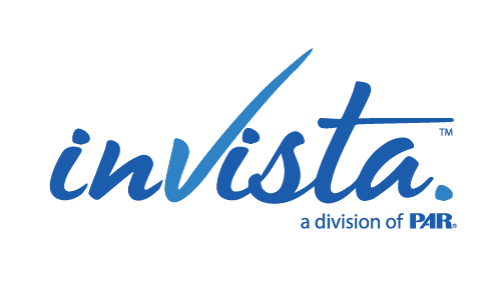When organizations provide unclear expectations, consequences, and instructions, employees can experience role ambiguity. For most roles, this confusion has negative implications for the organization and for individual wellbeing.
1. Role ambiguity affects performance
An employee experiencing role ambiguity doesn’t know what managers and coworkers expect of them in their job, so it’s difficult for them to meet performance expectations. When an employee is evaluated based on unknown expectations, they may perceive the system as unfair, resulting in greater frustration. Research has found a negative relationship between ambiguity and performance; as one’s perception of role ambiguity increases, their performance suffers. In a study on role stress, role ambiguity was found to be a main predictor of job performance.
2. Confusion leads to burnout
Depersonalization, a component of burnout characterized by cynicism and detachment from work, is related to role ambiguity. When employees unsuccessfully try to clarify their job expectations, they may feel helpless, leading them to stop trying. In turn, they may become detached from their work and perhaps even bitter toward those within the organization who were unable to help them understand their job. An InVista study showed burnout risk was significantly greater among those experiencing ambiguity than those who weren’t.[1]
3. Continued ambiguity might cause people to leave
Turnover is a frequently tracked organizational metric because of its significance to company culture and its financial impact. The research about turnover’s relationship with role ambiguity is mixed; however, an InVista study found a significant relationship between turnover intentions and role ambiguity. Employees in ambiguous roles were almost 1.5 times more likely to be at risk for turnover than those with clear priorities.[1]
Related article: How to truly support employee wellbeing
4. Providing clarity might turn a negative work attitude into a positive one
Employees who have a clear understanding of how to do their job rate their organization’s climate more positively and report higher levels of job satisfaction and efficacy compared to employees who experience role ambiguity. Ambiguity is also associated with decreased participation, engagement, and a sense of autonomy. When employees experience a high level of autonomy, there is a positive relationship between role clarity and vitality at work (i.e., the extent to which the employee is functioning well and their needs are being met), meaning when there is little or no ambiguity and they are working autonomously, employees are working and feeling their best. In a team setting, ambiguity negatively impacts engagement and decreases behaviors above and beyond normal job duties, such as helping coworkers with their work.
5. Role conflict and role ambiguity are highly correlated
Role ambiguity and role conflict are frequently researched together because they’re strongly related. Role conflict occurs when competing expectations are communicated to an employee, and the employee is unable or doesn’t know how to fulfill them.[2] Common examples of role conflict are fulfilling duties outside of one’s primary job, reporting to multiple managers, and trying to meet the needs of both work and home life. As role conflict and role ambiguity increase simultaneously, performance decreases.
6. Your employees’ emotional wellbeing is important
While role ambiguity is a workplace issue, the stress it causes may result in poor emotional wellbeing. A study following employees before, during, and after a stressful event found relationships among role ambiguity and anxiety, resentment, and depression. InVista also found these relationships: 66% of individuals who reported experiencing role ambiguity were also experiencing poor emotional wellbeing.[1]
For a FREE, complete guide on how to reduce role ambiguity in your organization, click here.
[1] InVista. (2021). [Unpublished raw data on wellbeing for data set 1].
[2] Quick, J. C., Quick, J. D., Nelson, D. L., & Hurrell Jr., J. J. (1997). Organizational demands and stressors. In J. C. Quick, J. D. Quick, D. L. Nelson, & J. J. Hurrell, Jr. (Eds.), Preventive stress management in organizations (pp. 21–39). American Psychological Association.


Recent Comments